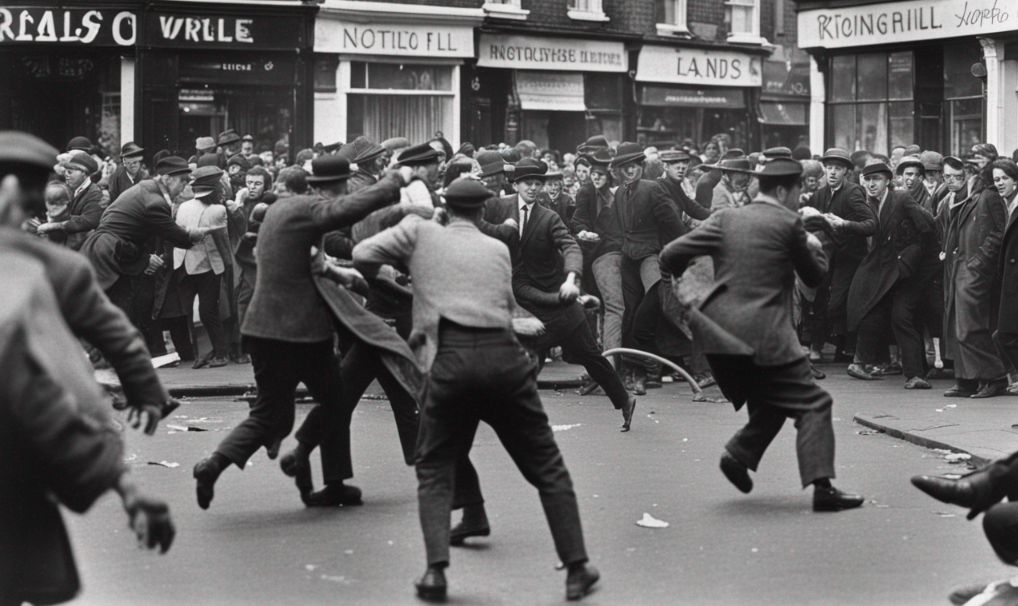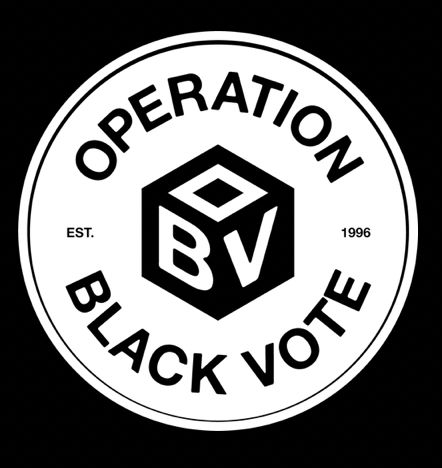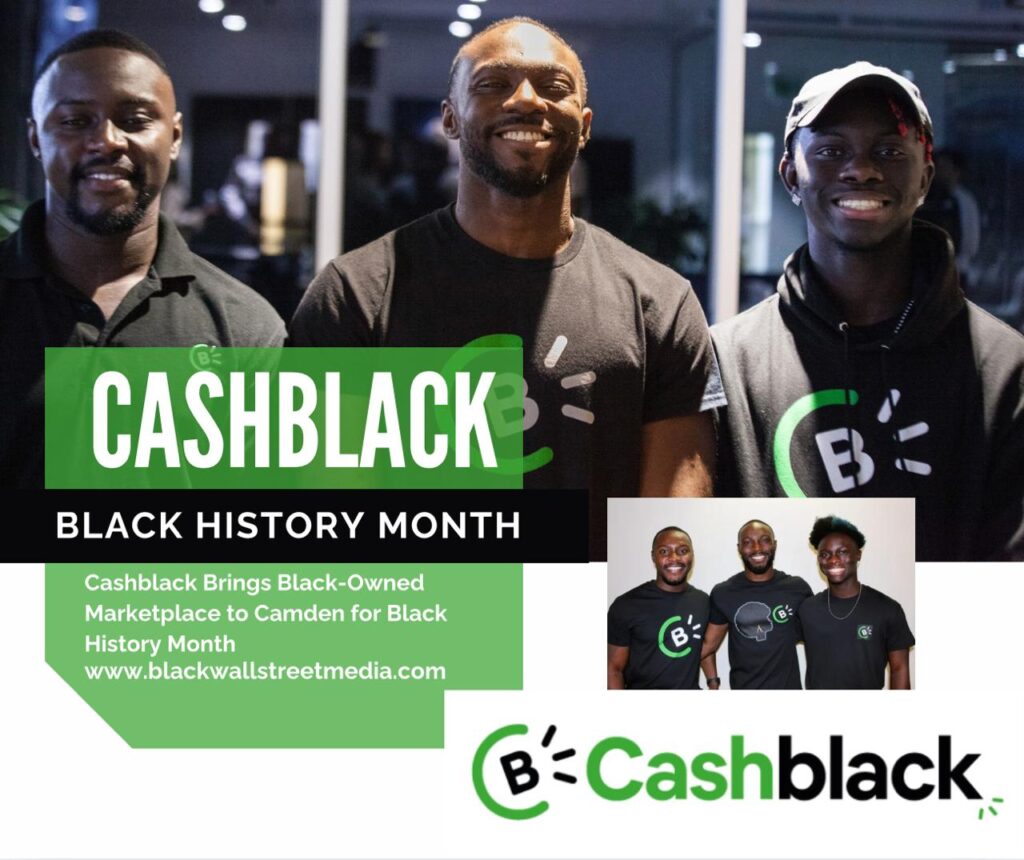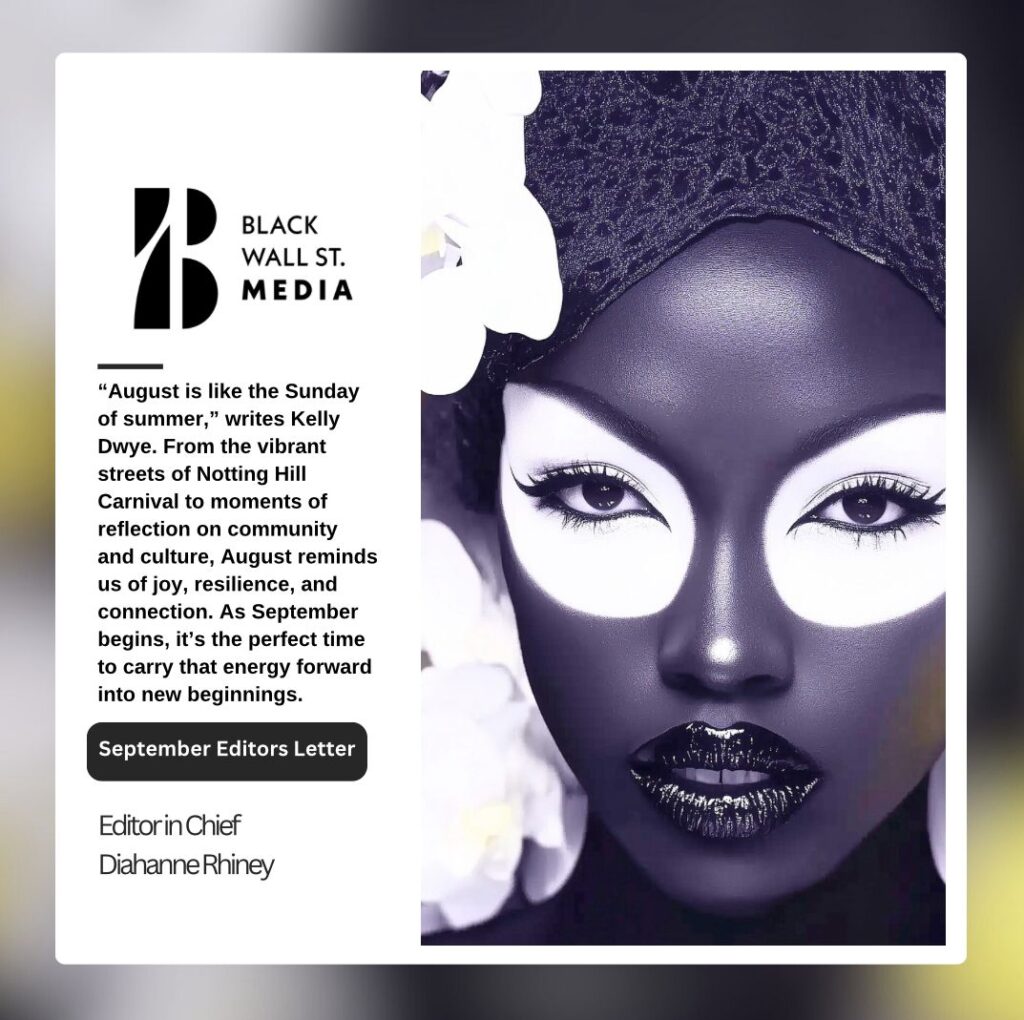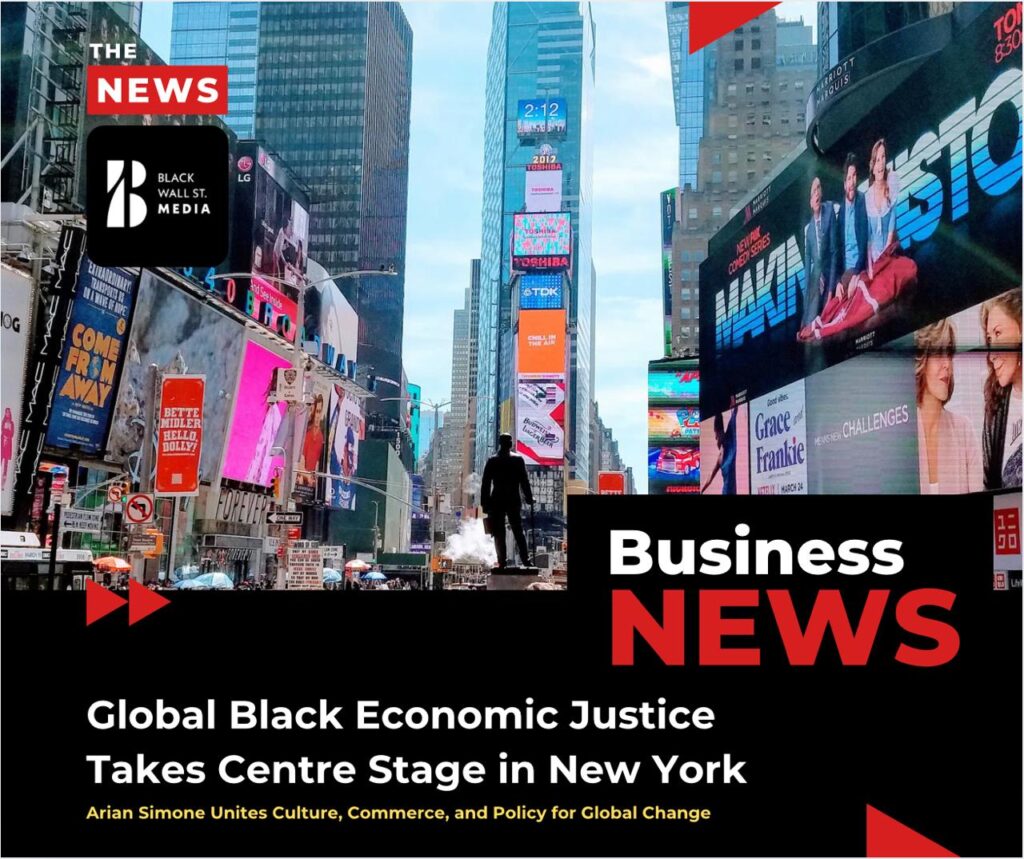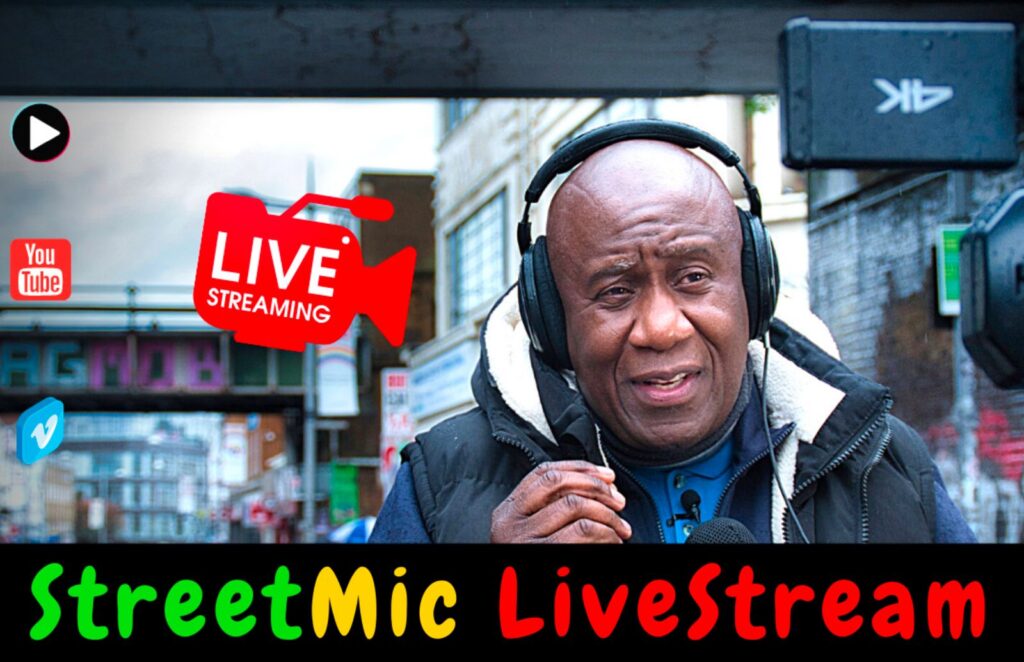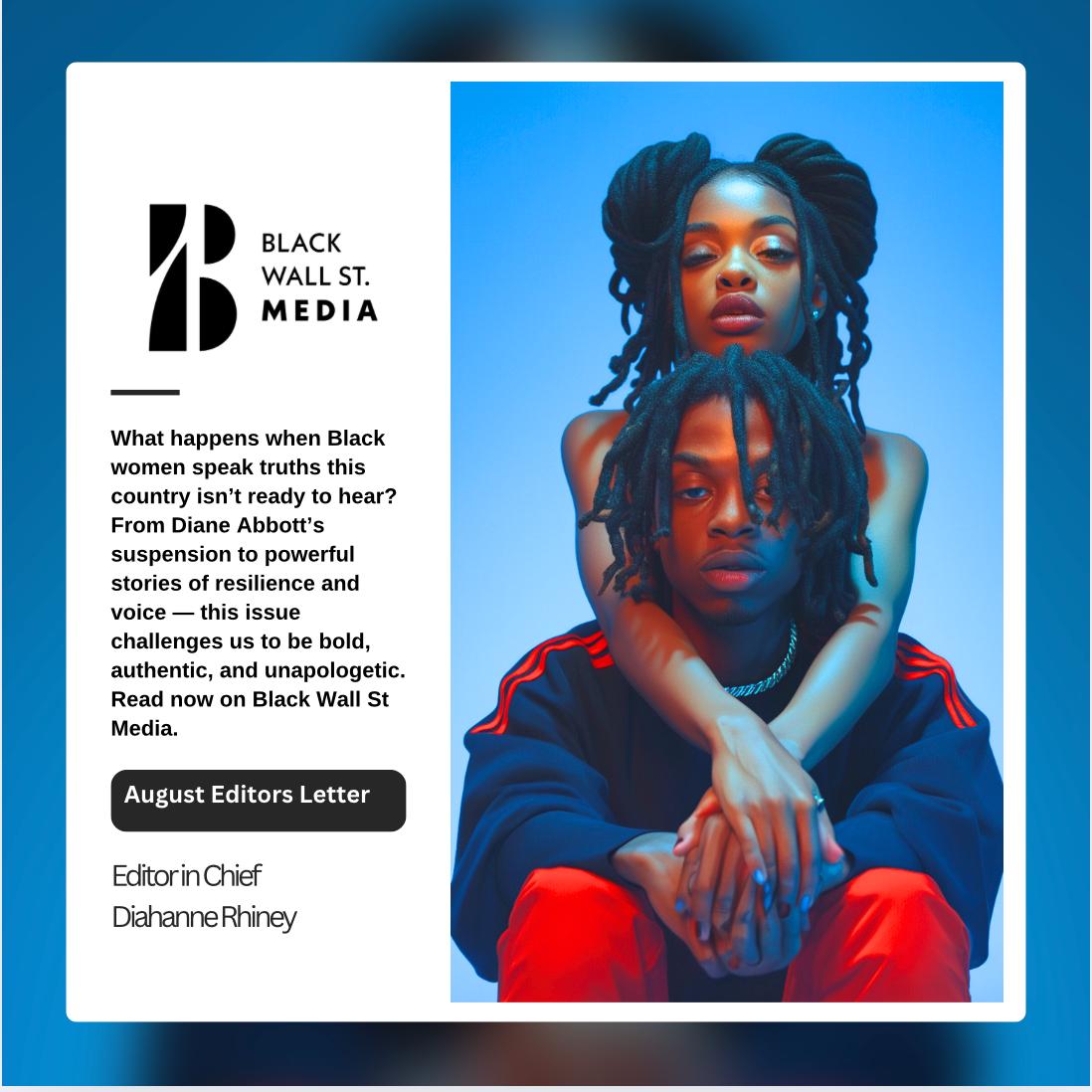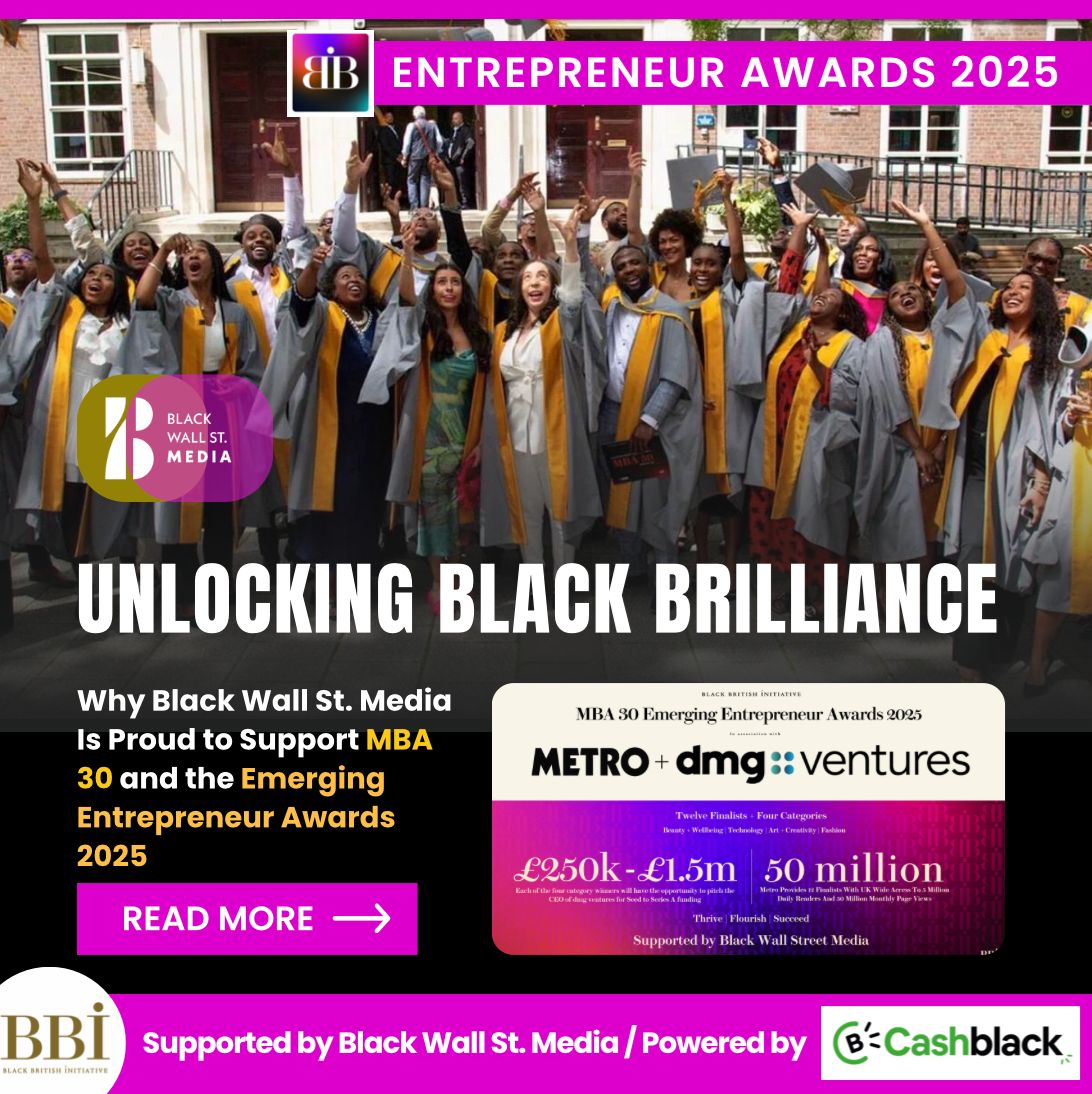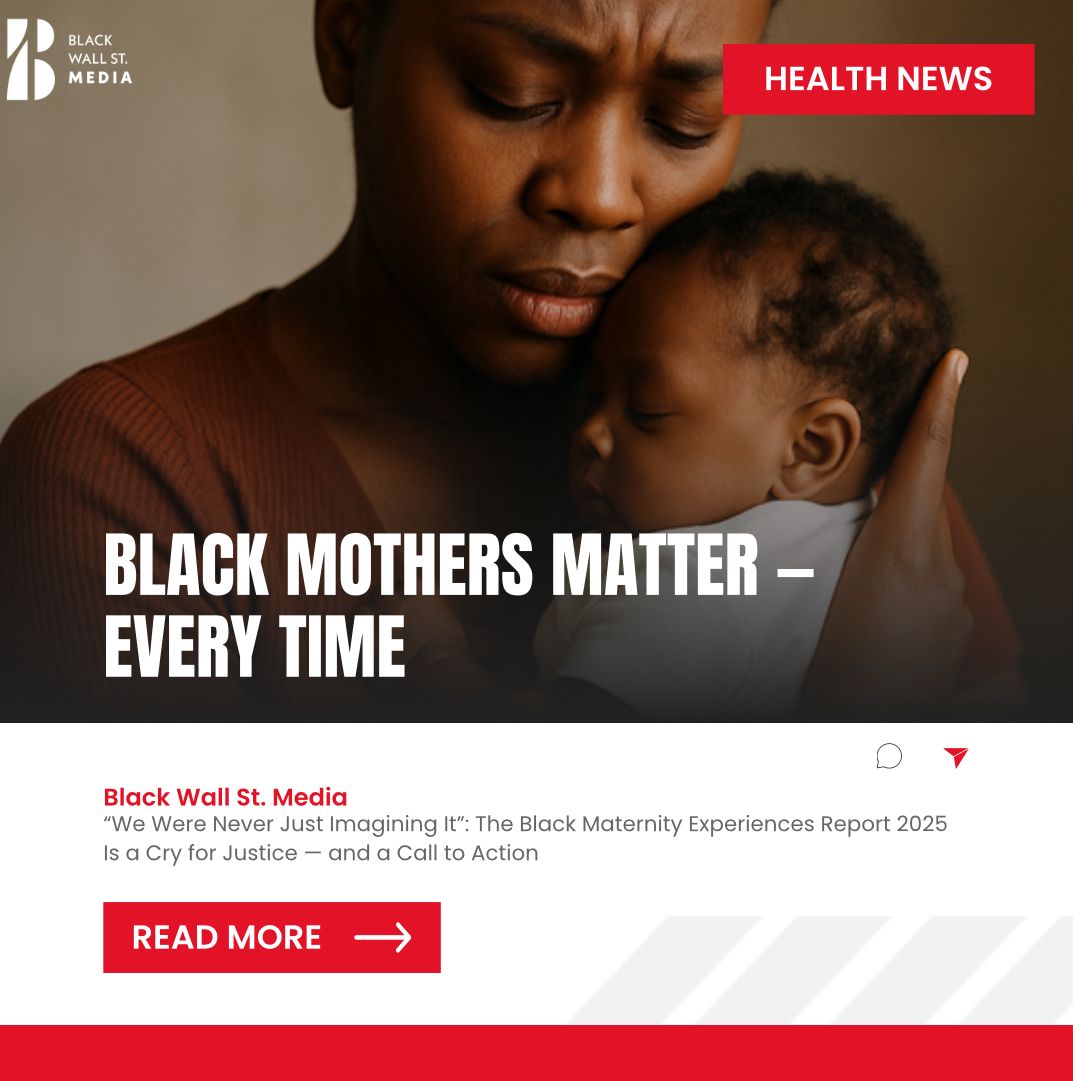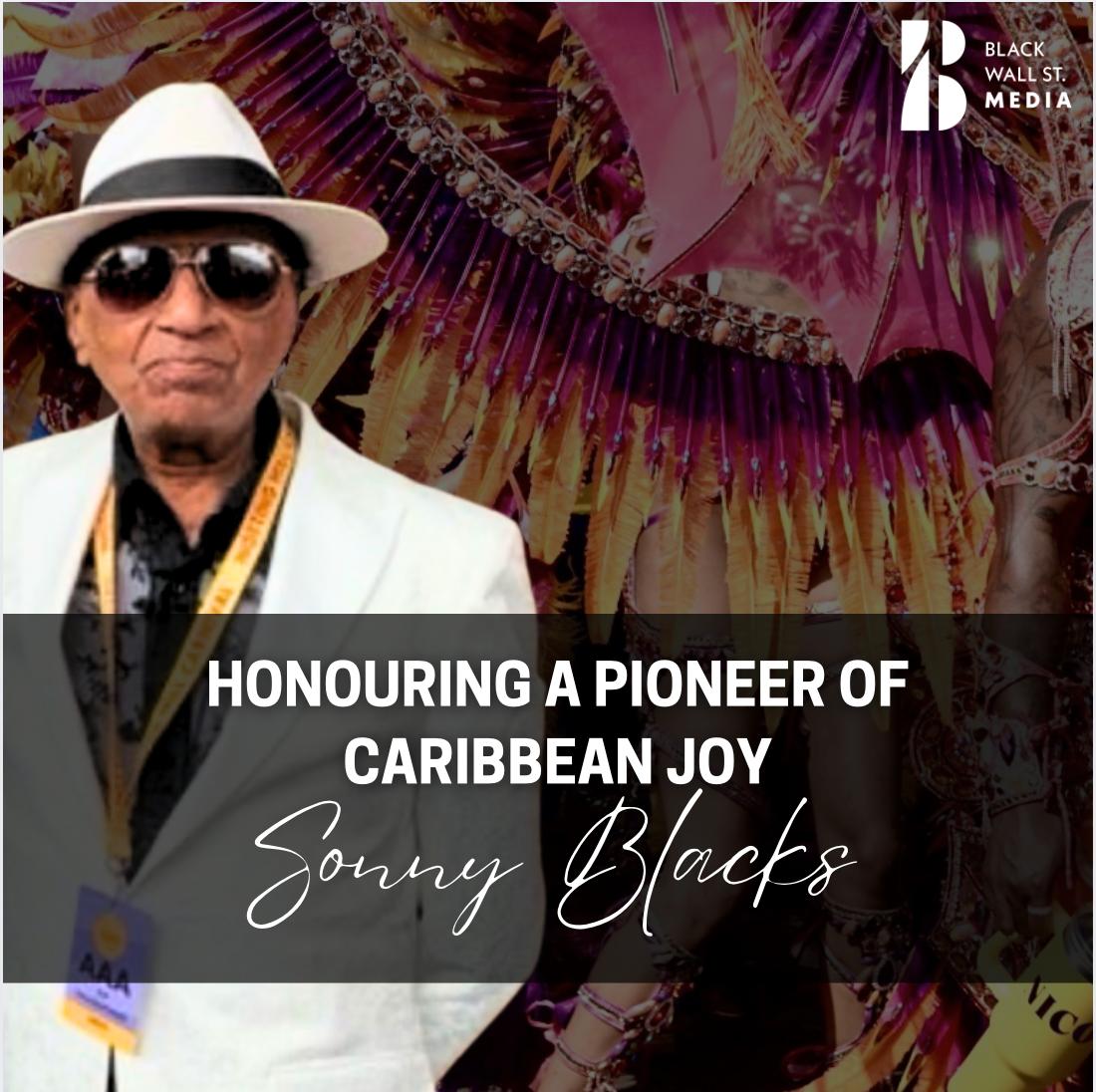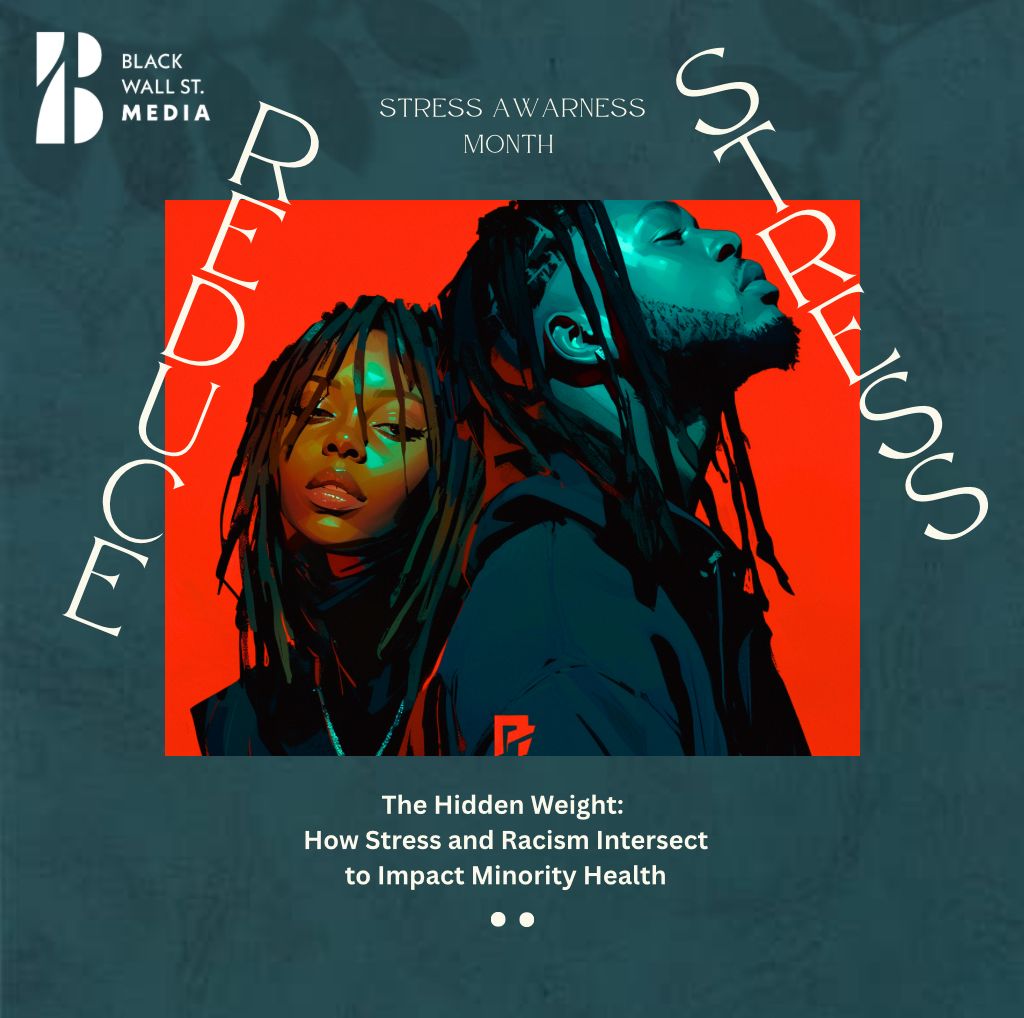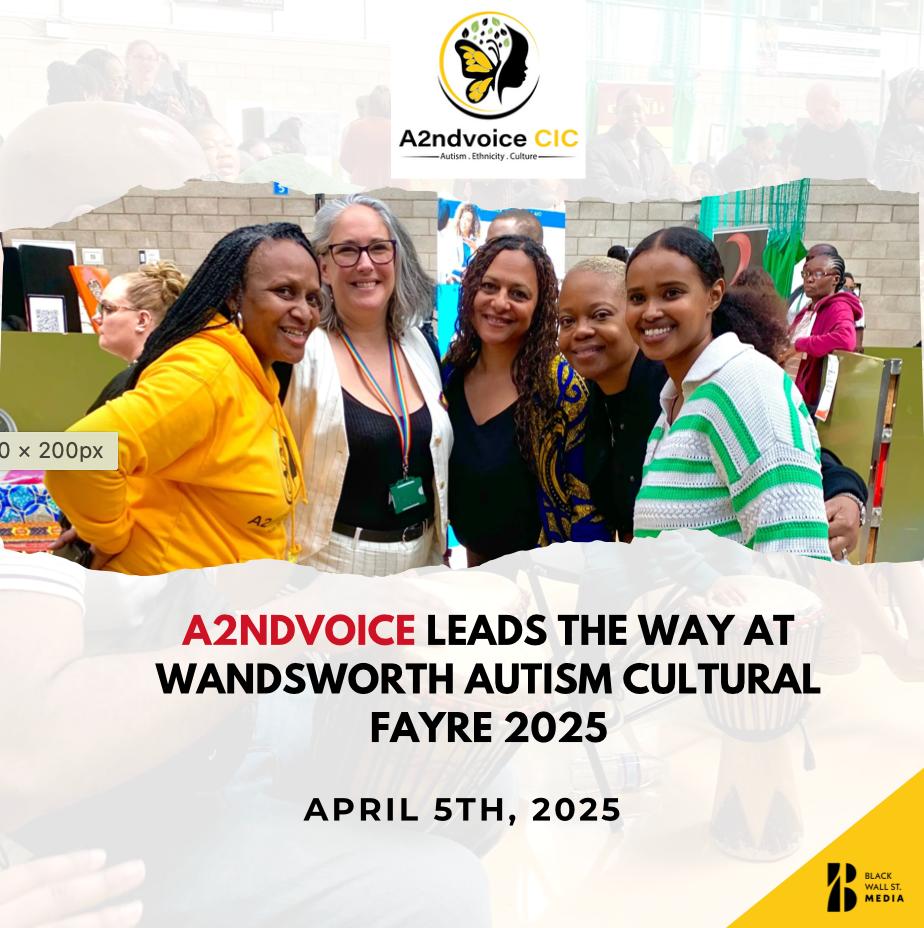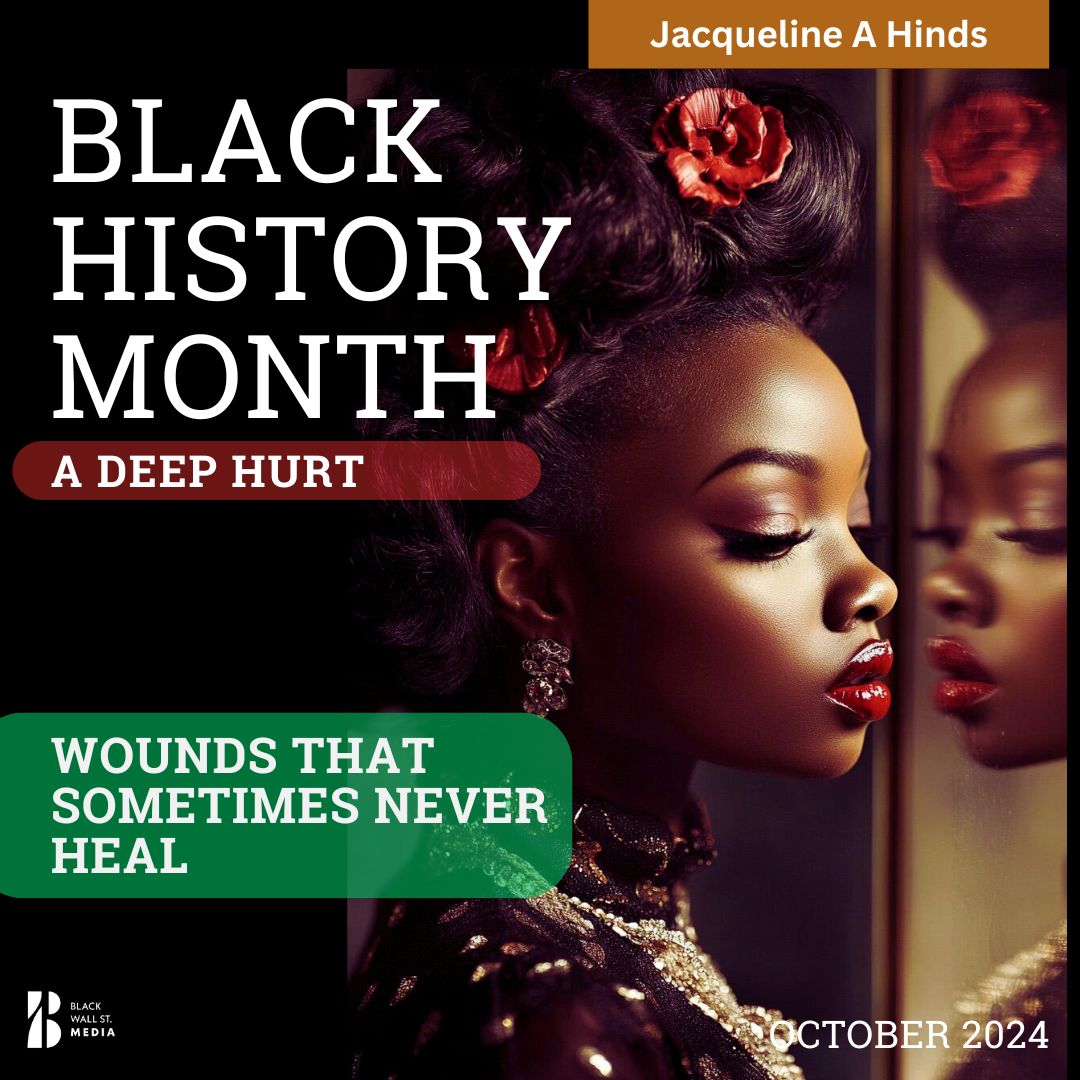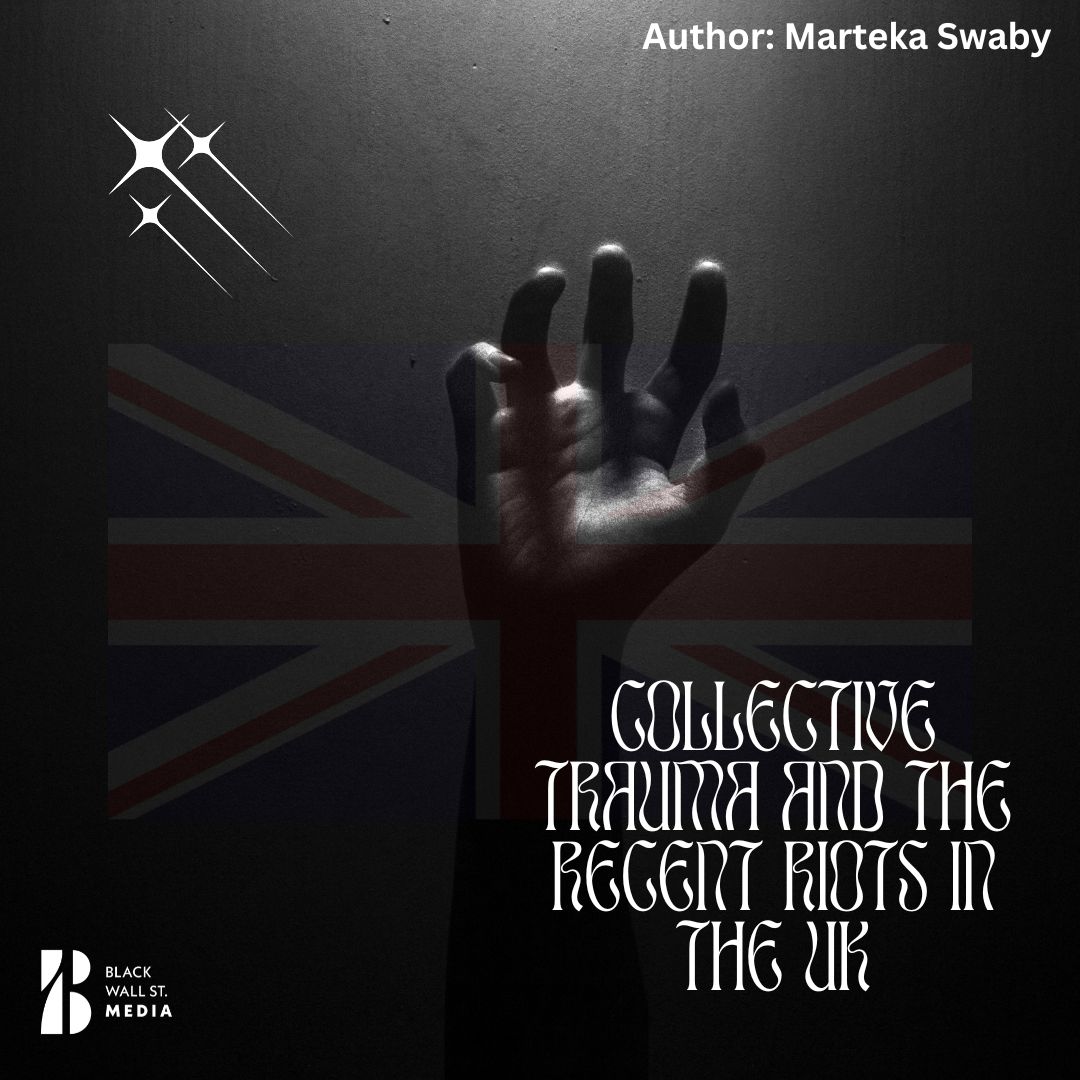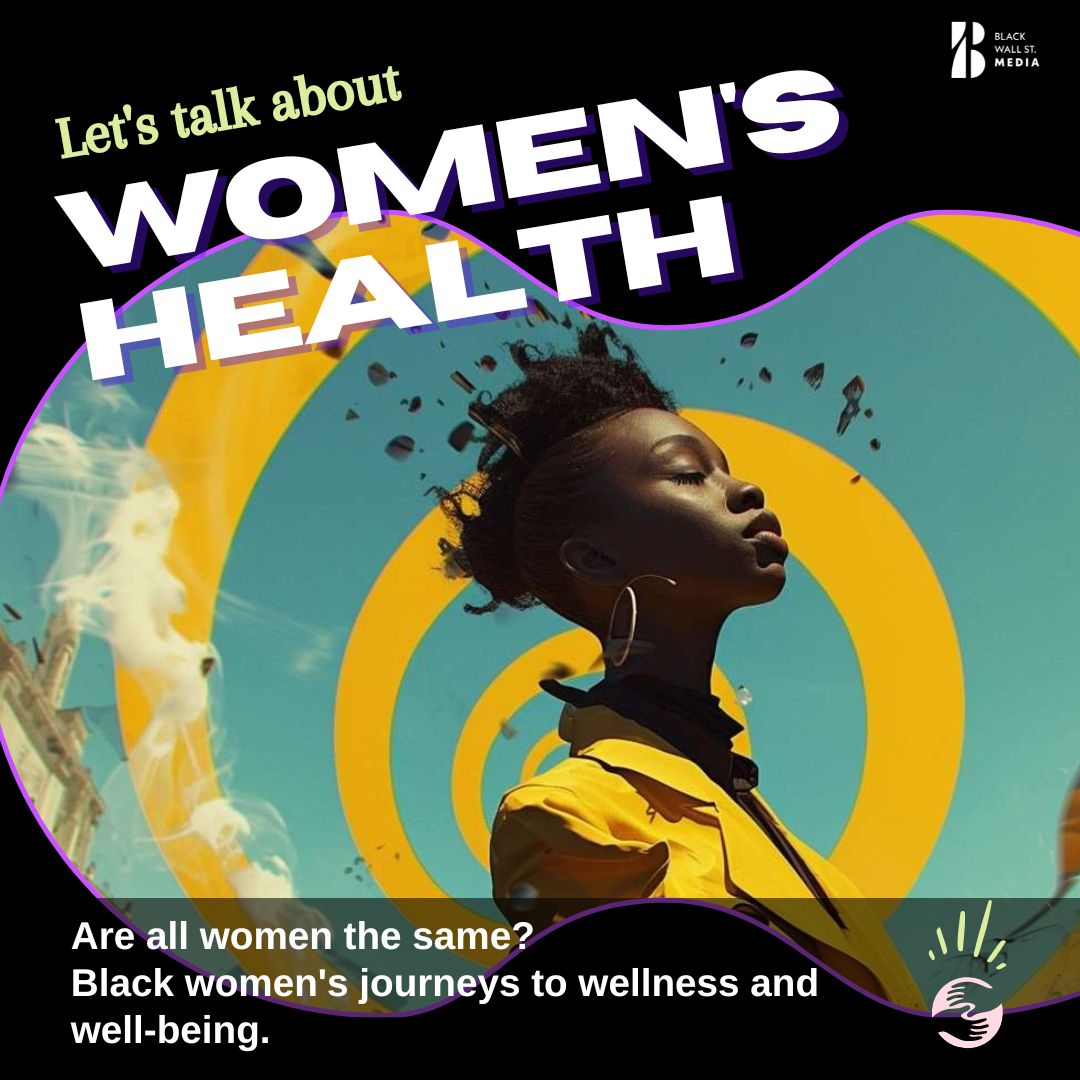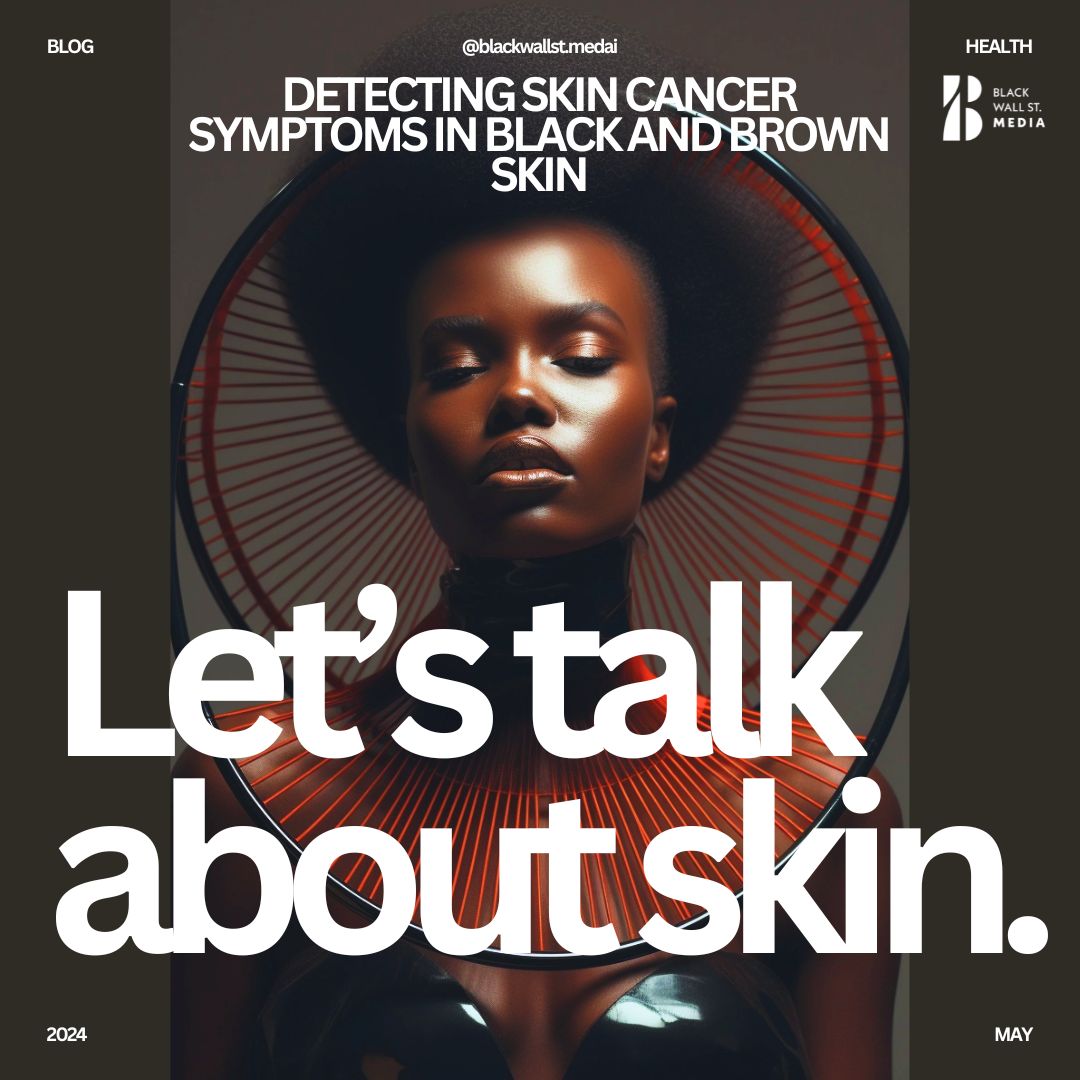Historical Reflection and Cultural Awareness.
Forgotten Yet Transformative: The Anniversary of the Notting Hill Racist Riots
“"Today marks the anniversary of the Notting Hill Riots of 1958—a moment in history that shaped the vibrant community we know today. As we reflect on those turbulent times, let’s remember the resilience and revolutionary joy that transformed a neighborhood scarred by racism into a symbol of multicultural unity. Join me in honoring the pioneers and West Indian forefathers who turned pain into the powerful celebration that is the Notting Hill Carnival.”
BWSMCONTRIBUTOR
The 29th of August marks an anniversary that has seemingly slipped from the headlines—a stark reminder of a time when the streets of NottingHill were not filled with the vibrant colors and joyful rhythms of Carnival, but with fear, violence, and hate.
It was on August 29th, 1958, 66 years ago, that the NottingHill racially motivated riots began, an event that lasted until September 6th of that year. Yet, despite its significance, the press coverage of this anniversary is notably absent, leaving us to wonder why such a pivotal moment in British history goes unremembered.
The Summer of Racial Tension
The seeds of the NottingHill riots were sown long before that fateful night in August. Following the end of the Second World War, the British government, facing significant labor shortages due to the war’s toll, encouraged mass immigration from its colonies and later the Commonwealth.
The British Nationality Act of 1948 granted citizenship and the right of settlement in the UK to people across the British Empire, leading many West Indians to migrate in search of better prospects in what was often referred to as the “mother country.”
By the 1950s, Afro-Caribbean immigration to Britain had increased, but instead of the warm welcome they were led to expect, many Black immigrants encountered hostility and racism.
In NottingHill, a group of white working-class youths, known as Teddy Boys, who ironically were influenced by Black music like rock ‘n’ roll and R&B, began to display open hostility towards Black families.
This growing tension was further inflamed by far-right groups like Oswald Mosley’s Union Movement and the White Defence League, which urged white residents to “Keep Britain White” through leaflets and graffiti.
Throughout the summer of 1958, violent attacks on Black people increased. On August 24th, a group of ten English youths seriously assaulted six West Indian men in four separate incidents. These attacks set the stage for the explosive events that would follow.
The Flashpoint: Majbritt Morrison Incident
The riot is often believed to have been triggered by an incident involving Majbritt Morrison, a white Swedish woman married to a Jamaican man, Raymond Morrison.
On August 29th, 1958, Majbritt was seen arguing with her husband near Latimer Road Underground station. A group of white onlookers tried to intervene, leading to a small skirmish between them and some of Raymond’s friends.
The next day, Majbritt was physically and verbally assaulted by a gang of white youths who had witnessed the argument. They hurled milk bottles at her, called her racial slurs like “Black man’s trollop,” and, according to some reports, even struck her with an iron bar.
The Riot Erupts
Later that night, a mob of 300 to 400 white people descended on Bramley Road, attacking the homes of West Indian residents. The violence did not end that night; it continued every evening until September 6th, with racist mobs terrorizing the Black community.
The Metropolitan Police, overwhelmed and underprepared, arrested over 140 people during the two weeks of disturbances, though both white youths and Black residents were among those charged.
The brutality of the attacks, coupled with the lack of adequate police protection, deepened the rift between the British African-Caribbean community and the authorities, setting the stage for future tensions.
The Legacy of Claudia Jones and the Power of Joy
In the aftermath of such violence, one might expect despair and division to take root. Yet, out of this darkness emerged a beacon of hope and resilience, embodied in the figure of Claudia Jones.
A visionary and activist, Jones saw the riots not as the end of a story, but as a call to action. In January 1959, she organized a Caribbean Carnival at St Pancras Town Hall—an indoor event designed to bring the community together and heal the wounds inflicted by racial hatred. This carnival, though confined within walls, planted the seeds for what would eventually blossom into the Notting Hill Carnival.
The NottingHill Carnival, as we know it today, is often seen as a story with many authors, and rightly so.
Alongside Jones, figures like Ronnie Lassit, who organized the 1966 Notting Hill Free School Fair, contributed to shaping what has become one of the largest and most vibrant street festivals in the world.
But it’s important to recognize that this celebration of Caribbean culture and community was born out of a direct response to racism and violence. It was, and remains, a revolutionary act—a testament to the transformative power of joy.
Our Joy is Revolutionary
When we talk about revolution, we often think of dramatic political change, of battles won or lost. But revolution can also mean the reclaiming of space, the reshaping of narratives, the turning of pain into something powerful and unifying.
The joy of the Caribbean Carnival, the joy that fills the streets of NottingHill every year, is revolutionary because it stands in stark contrast to the hate that once sought to tear the community apart.
The carnival, now a £400 million event, is a living monument to the strength and resilience of the West Indian community. It is a reminder that it was not the police, not the press, not the government that healed Notting Hill.
It was the people themselves—their joy, their music, their culture—that transformed a neighborhood once scarred by racism into a symbol of multiculturalism and egalitarianism.
Reflecting on Forgotten History
As we reflect on the absence of press coverage marking the anniversary of the Notting Hill riots, let us not forget the significance of this history. The riots were more than just a dark chapter in British history; they were a turning point that eventually led to one of the most important cultural celebrations in the UK.
Let us honor the pioneers and West Indian forefathers who, through their courage and creativity, turned tragedy into triumph. And let us remember that our joy—our ability to find light even in the darkest of times—is a revolutionary force that can heal, unite, and transform.
Never allow anyone to take away our joy or diminish our accomplishments. It is our joy that has shaped Notting Hill into what it is today, and it is our joy that will continue to inspire future generations.
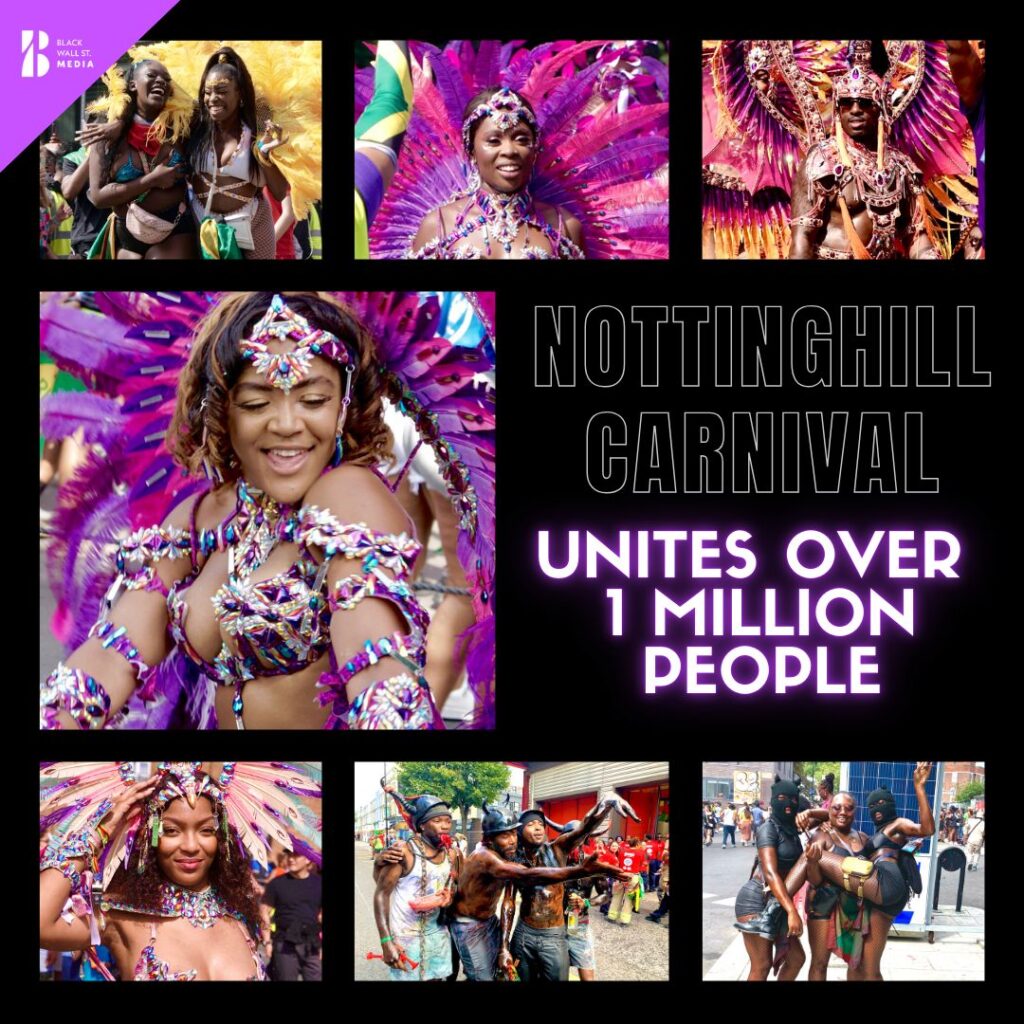

SECURE YOUR TICKETS NOW for the 2nd Spirit of the Caribbean Annual Ball & Black Honour Awards on Saturday, October 26, 2024, from 7.30 pm to 02.00 am.
The night features a reception, networking, and awards ceremony honouring those who have made significant impact within and beyond our community. Post-awards, prepare for live entertainment and dancing until 02:00 am. The event, a symbol of shared heritage, showcasing Caribbean Excellent.
Dress code is black tie.
Tickets can be purchased on Eventbrite (booking fees apply)
or from Event Connoisseurs: with no booking fee.
For more details, contact us at
enquiries@eventconnoisseurs.com

